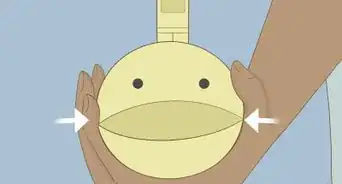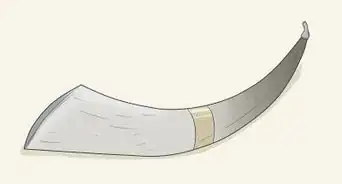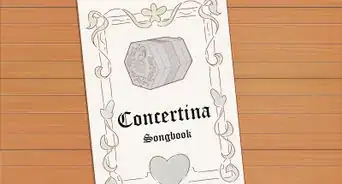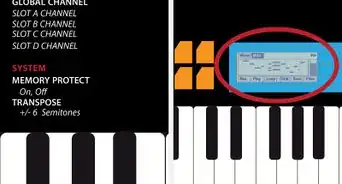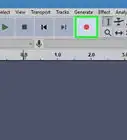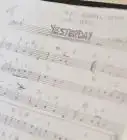This article was co-authored by wikiHow staff writer, Johnathan Fuentes. Johnathan Fuentes is a writer based in the New York City region. His interests as a writer include space exploration, science education, immigration, Latinx cultures, LGBTQ+ issues, and long-form journalism. He is also an avid hiker and has backpacked in Alaska and Newfoundland, Canada. A son of Cuban immigrants, he is bilingual in English and Spanish. Prior to joining wikiHow, he worked in academic publishing and was a freelance writer for science websites. He graduated from Columbia University in 2021, where he studied nonfiction writing and wrote for the student newspaper. He is currently counting down the seconds until the release of Kerbal Space Program 2 in 2023—a game that will almost certainly take up what little free time he has.
There are 11 references cited in this article, which can be found at the bottom of the page.
Learn more...
If you’ve ever heard western classical music, you’ve heard pianos and harpsichords. But how are these two instruments different? Though they look similar, pianos and harpsichords are worlds apart. They produce sound very differently, and if you play them both, you’ll realize that one can do things the other can’t. Curious to know more? This article breaks down the most important differences between pianos and harpsichords—including how they sound, how they work, and why pianos became the preferred instrument of musicians all over the world.
Things You Should Know
- Harpsichords and pianos look similar and both make notes with strings, but harpsichord strings are plucked while piano strings are struck by small hammers.
- Harpsichords usually have a 5-octave range (F1-F6), while pianos have a 7¼ octave range (A0-C8). This lets pianos play higher and lower notes.
- Harpsichords can only be played at one volume. The plucking mechanism works the same, regardless of whether the keys are pressed hard or soft.
- Pianos can be played loudly or softly depending on how hard the keys are pressed. This, plus their range, makes them more versatile than harpsichords.
Steps
References
- ↑ http://hyperphysics.phy-astr.gsu.edu/hbase/Music/harpsi.html
- ↑ http://hyperphysics.phy-astr.gsu.edu/hbase/Music/pianof.html
- ↑ https://www.britannica.com/art/piano
- ↑ http://hyperphysics.phy-astr.gsu.edu/hbase/Music/pianof.html
- ↑ http://hyperphysics.phy-astr.gsu.edu/hbase/Music/pianof.html#c1
- ↑ https://www.ece.iastate.edu/~alexs/classes/2016_Spring_575/HW/HW5/files/piano-key-freq-wikipedia.pdf
- ↑ https://omeka-s.grinnell.edu/s/MusicalInstruments/item/2136
- ↑ https://promusicvault.com/piano-vs-harpsichord/
- ↑ https://imslp.org/wiki/Category:For_harpsichord
- ↑ http://hyperphysics.phy-astr.gsu.edu/hbase/Music/pianof.html
- ↑ https://www.britannica.com/art/harpsichord
- ↑ https://www.britannica.com/art/piano
- ↑ https://www.hpschd.nu/index.html?nav/nav-4.html&t/welcome.html&https://www.hpschd.nu/tech/kb/trans.html
- ↑ https://promusicvault.com/piano-vs-harpsichord/
- ↑ https://www.wqxr.org/story/five-bach-keyboard-pieces-sound-best-piano/
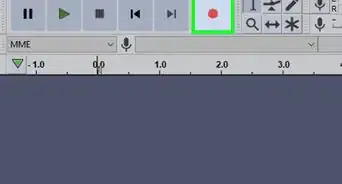



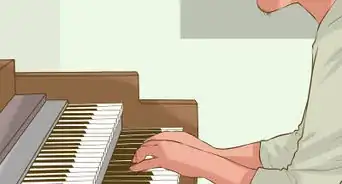
-Step-17-Version-4.webp)

